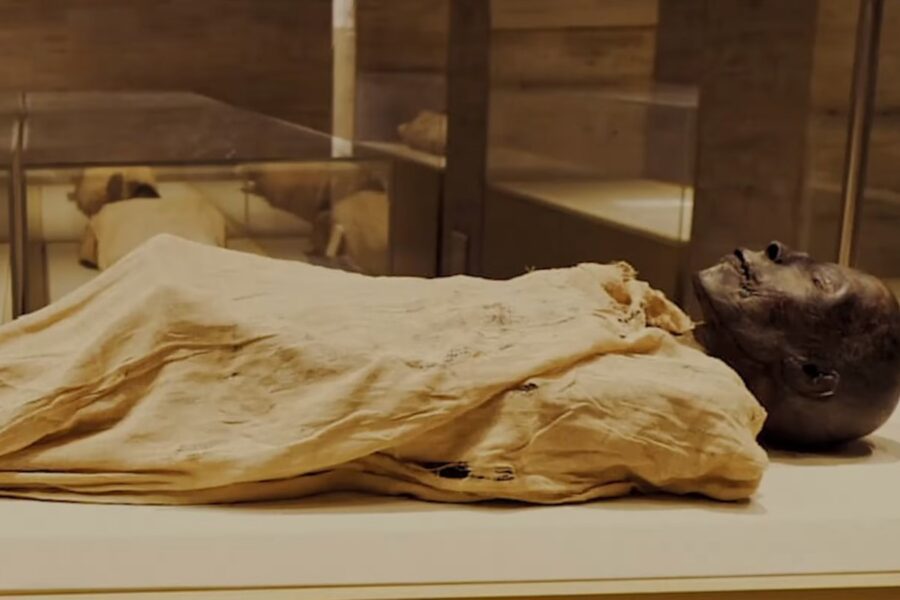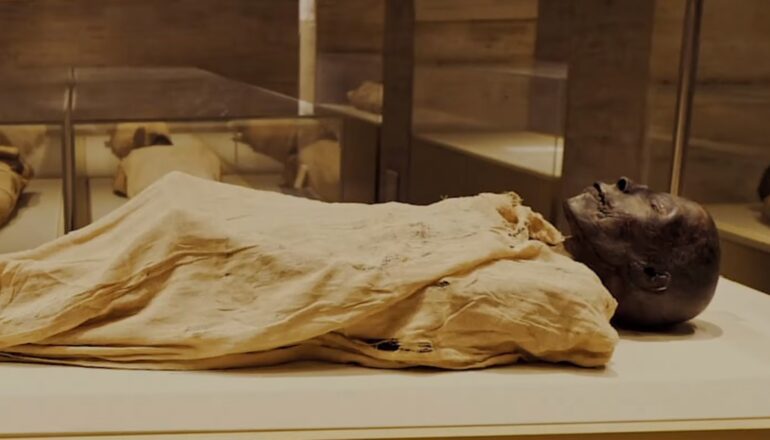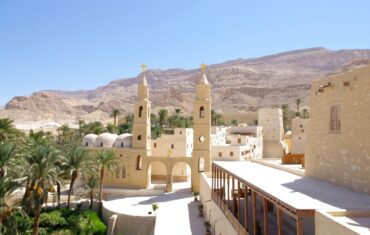Who is Seti I
Seti I was the father of perhaps Egypt’s greatest rulers, Ramesses II, and was in his own right also a great leader. His birth name is Seti Mery-en-ptah, meaning ‘He of the god Seth, beloved of Ptah. To the Greeks, he was Sethos I, and his throne name was Men-maat-re, meaning ‘Eternal is the Justice of Re’.He ruled Egypt for 13 years (though some Egyptologists differ on this matter, giving him a reign of between 15 and 20 years) from 1291 through 1278 BC.
Seti was the son of Ramesses I and his queen, Sit-re. His first wife was Tuya, who was the daughter of a lieutenant of charioteers. His first son died young, but his second son was Ramesses II. 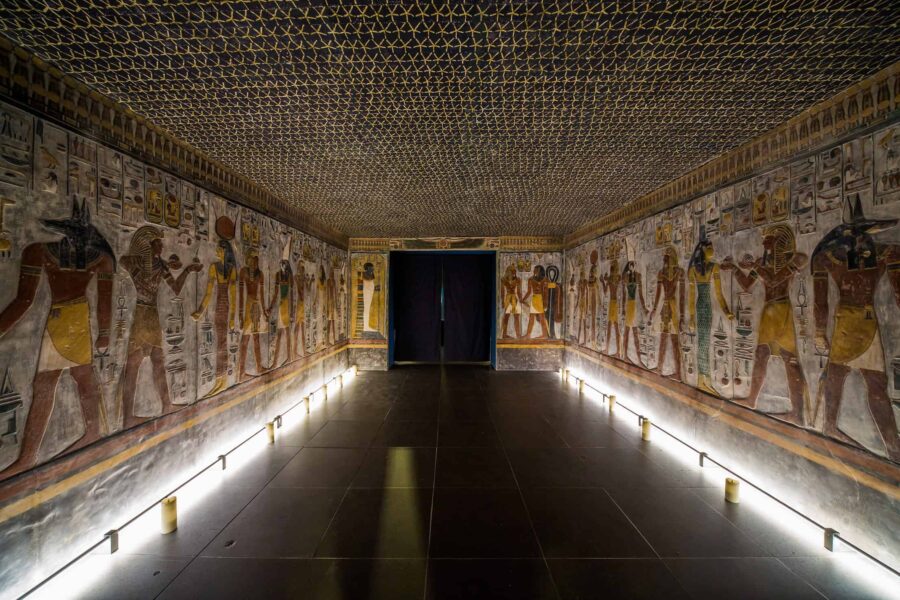
Temple of Seti I in Abydos
At Abydos, he built perhaps the most remarkable temple ever constructed in Egypt. It has seven sanctuaries, dedicated to himself, Ptah, Re-Harakhte, Amun-Re, Osiris, Isis and Horus. Interestingly, in this temple a part called the Hall of Records or sometimes the Gallery of Lists, Seti is shown with his son before a long official list of the pharaohs beginning with the earliest times. However, the names of the Amarna pharaohs are omitted, as if they never existed, and the list jumps from Amenhotep III directly to Horemheb. 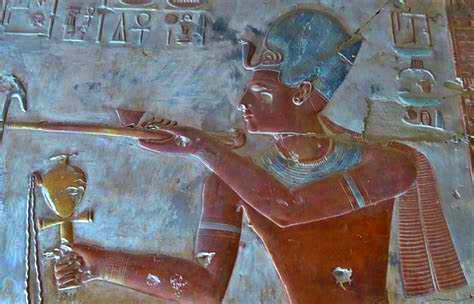
The Tomb of Seti I
The Tomb of Seti I is the best decorated and longest tomb in the Valley of the Kings.
As there are so many tombs in Egypt, it is important to know which ones are the most interesting. One of the best preserved and less visited is the Tomb of Seti I, a pharaoh of the 19th dynasty housing high-quality carvings and considered one of the best decorated tombs in the Valley of the Kings. Stretching 137 meters, it is also the longest tomb in the valley.
Seti I’s tomb is like a puzzle of ancient Egyptian symbolism. Looted and damaged, it is still one of the most remarkable examples of ancient Egyptian wall painting. Unfortunately, the shoddy work and previous damages made by ”iconic archaeologists” of the 19th century had a lasting impact. Their disregard for preservation led to several of the tomb’s walls collapsing or cracking during archaeological work in the 1950s and 1960s. 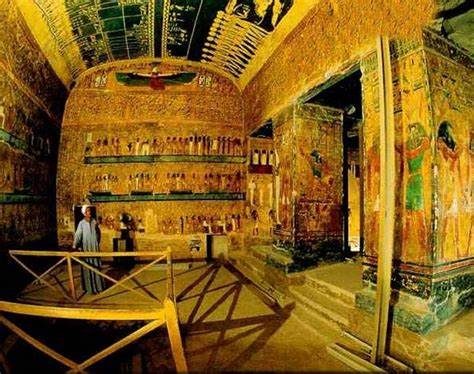
The Architecture of the Tomb of Seti I (KV 17)
Generally, the Tomb of Seti I (KV 17) is decorated with scenes from the Litanies of Ra, the Imy Dwat, the Book of the Dead, Book of Gates, the Opening of the Mouth ritual, the Book of the Heavenly Cow, some astronomical scenes, as well as scenes of Seti I accompanied by different deities. We can notice many innovations in the architecture of this complicated tomb, for example, the structure of the burial chamber, with its vaulted ceiling and the well-shaft, and the two side chambers with pillars.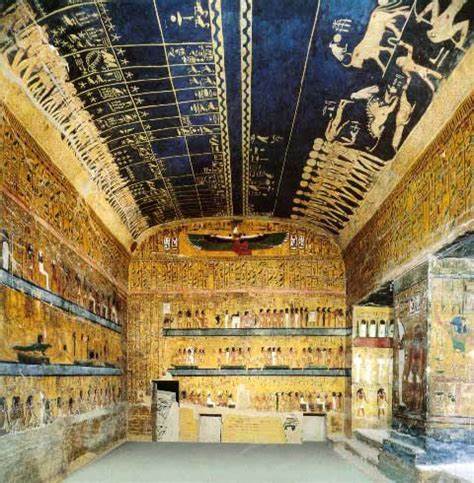
Burial Chamber of the Tomb of Seti I
The Burial Chamber of the Tomb of Seti I (KV 17) includes two sections: a front part with six pillars and a rear part with a lowered floor on which the alabaster sarcophagus, which once had the corpus of Seti I, sat beneath a magnificent vaulted ceiling. [This sarcophagus was removed to England and sold to a collector, and it is now displayed at Soane’s Museum, London]. Unfortunately, the pillars of the lower section are damaged, one is missing; others were cut up and removed to museums in Europe. Generally, all of them showed the King with various deities, such as Iwn-mut-ef, Ptah-Sokar, Ra-Hor-akhty, Geb, Osiris, Khepri, Thoth, Harsiese, Shu, Anubis, and the souls of Pe and Nekhen. On the side walls of the lower chamber, we can see winged figures of Isis and Nephthys, flanked by cartouches of King Seti I as well as scenes from the Imy Dwat on the left and the rear wall of the chamber. Moving to one of the most impressive scenes in the valley, which is the vaulted ceiling. In this part, you can obviously notice how the ancient artist perfectly did his work. This ceiling shows astronomical scenes, most of which still look obscure. In the upper pillared section, the walls show various texts and scenes from the Book of Gates.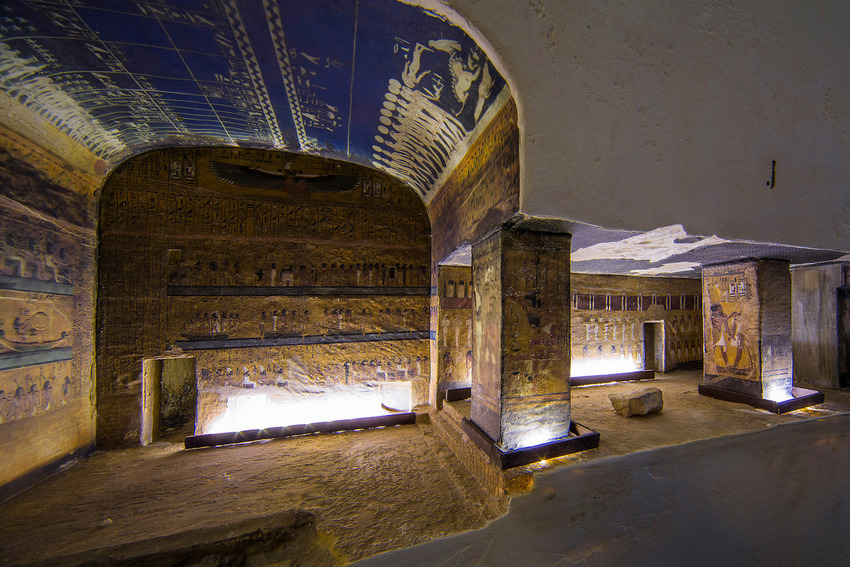
The Mummy of King Seti I
Seti I’s mummy was eventually discovered in the famous cache DB320. The pharaoh’s body had been taken out of his tomb and located in a hidden place to protect his remains. He was buried once again with several other famous rulers of Kemet (an ancient name of Egypt). His mummified body was neatly prepared, and the mummy was covered with a yellow shroud. However, tomb looters had messed with his bandages and smashed his abdomen. Worse still, Seti’s head was separated from the rest of his battered body. Fortunately, his face remained untouched. Now, the remains of Seti I rest among other royal mummies in the Cairo Museum of the Egyptian Civilizations.
